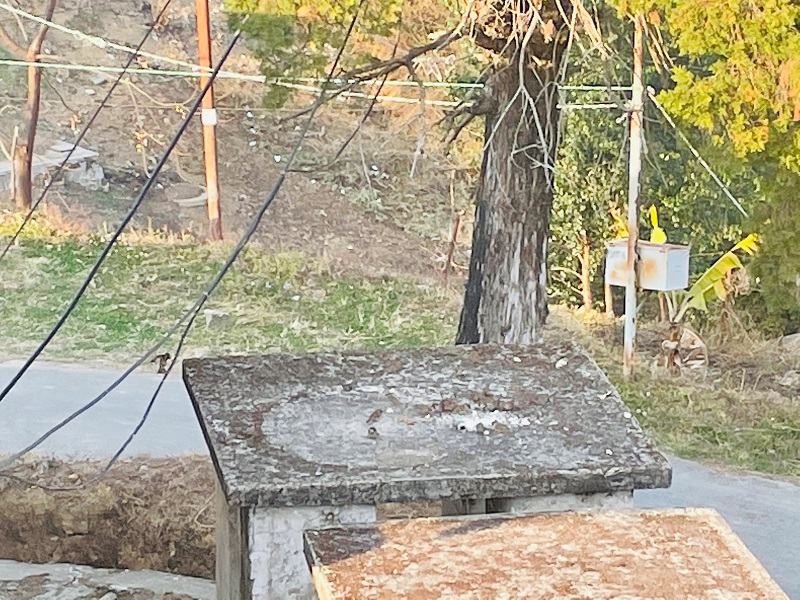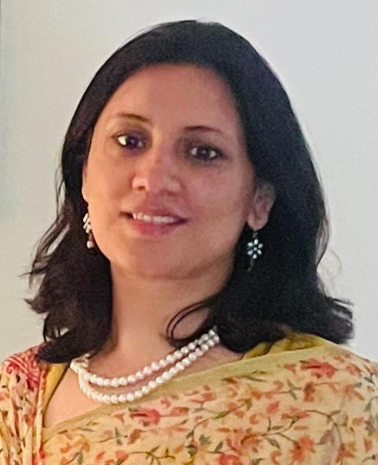The lazy gardener has awakened and decided not to trim the hedges, prune the bushes or cut the overgrown branches of the trees. He has moved away from the ‘Prim and Proper’ mantra. The flowers of the garden are left to grow in the company of weeds and now both outgrow each-other.
This is that time of the year, when nature’s beauty is in full spring, flowers blooming in full glory with buzzing bees, lady birds, hoppers and ants, acting as their lovers,. The mornings are beautiful, loaded with these wonderful views. It is the season of fertility for plants as well as birds.

Some collecting twigs as nesting period has begun, and soon they will be laying their eggs, some fluttering their wings , some looking to grab a bite and others lazily moving on the fruiting and flowering trees.
But, where are the house sparrows ?!! I wonder that they have become extinct or are still depleting.
Have they diminished in such large numbers and drastically decreased to an extent , that there is no house sparrow in sight.
How can one forget, the little hustle-bustle caused by their hopping into the portico to peck the insects that had dropped beneath the night lights or to peck the scattered grains. How they drank of the puddle and even bathe in it!
So why did the sparrows leave?!! and what do we do get them back?!!
The mystery has not been solved yet, but yes, now we very well know the reasons of their withdrawal from the habitations and human dwellings.
The electromagnetic radiations from the cell phone towers are the major reason behind all this. Sparrows got terribly disoriented with the electro-magnetic radiations and so thousands of them went berserk!
To add on to their troubles, their nesting places also vanished, lush foliage was replaced by more buildings mushrooming at every nook and corner accompanied with flats having glass windows and minus the terraces. These monstrous buildings did not offer them crevices to dwell upon.
The natural grass and muddy paths, the green swathes , soon gave way to cemented paths and concrete parking spaces, the trees and plants were covered in pesticides , to boost their growth, or were axed, but all this resulted in reduced reproductive capacity and even hatching deformities of the sparrows.
The smoke emitted from the vehicles choked them to death and few that survived lost their memory to an extent that they even forgot to feed their fledglings. Due to the noise pollution they could not respond to the hunger calls of their young ones . The water loaded with chemicals, too became contaminated for them. Their fertility, seed dispersal abilities and the food chain was severely affected.
These common, social, chirpy house sparrows have been an integral part of my childhood, and mainly through the medium of a popular animation in the form of a metaphorical story :
“Ek chidiya, anek chidiya, dana chugne aaye chidiya” which means one sparrow, many sparrows, all come in groups to feed on the grains , but the song has become the other way round, many sparrows have now been reduced to only few and now no body feeds them regularly, as all are busy with technology. And children get to see them in pictures only, but still they never cease to amuse us.
These hopping, jumping common birds have become so uncommon. There were times when as kids we could differentiate between the two genders , male sparrow, whom we called as ‘chidu and female as chidi.
The welsh name given to these house sparrows is Aderyn, which means the ‘Roof Bird’.
It is also declared as the State bird of our country capital ‘New Delhi’. They are monogamous and gregarious also known as Passer domesticus.
To save these lovely birds it is important that we begin from the scratch, by planting more bushes and shrubs and without cutting them , so that, they can feed on insects.
Feeding them grains on daily basis, building various nesting kits and placing them on the poles, filling the pots with water, are few basic steps to save these lovely birds, which have been for long time part of our households. And no other bird carries the tag of being called as the ‘House Sparrow’.
So save them, be a lazy gardener, ‘ allow your garden to become a bit scruffier, there will be more insects for the sparrows to gobble up. Setting aside a patch of garden to go ‘wild’ will really help’.

Anjali, with a masters in English is a teacher on a sabbatical, loves travelling and spending time in the lap of nature, observing its bounties and being thankful to the hills.


